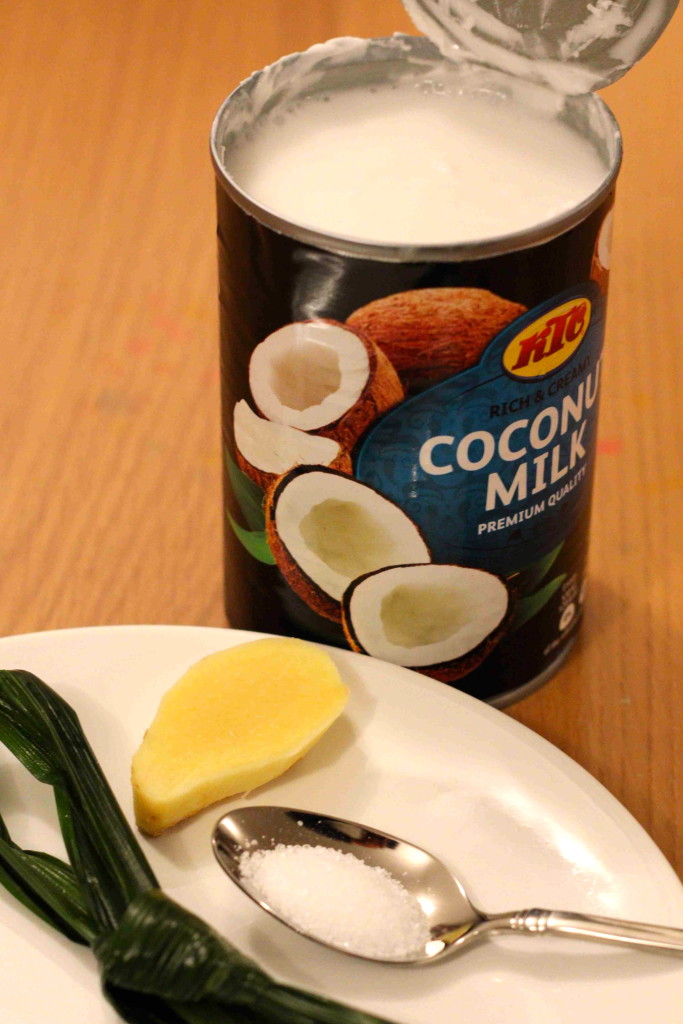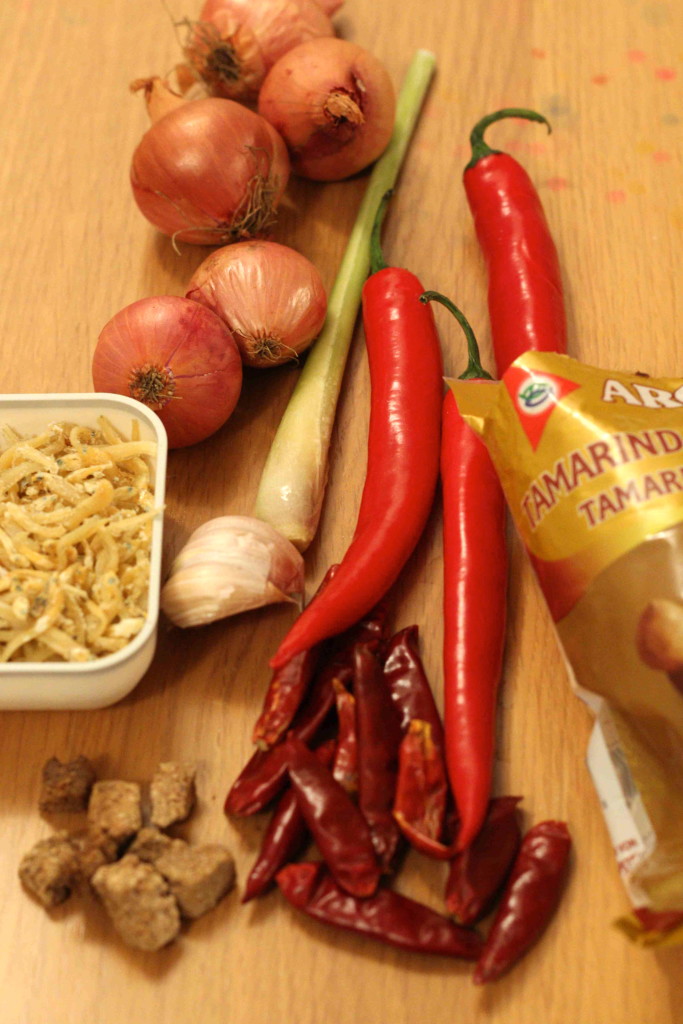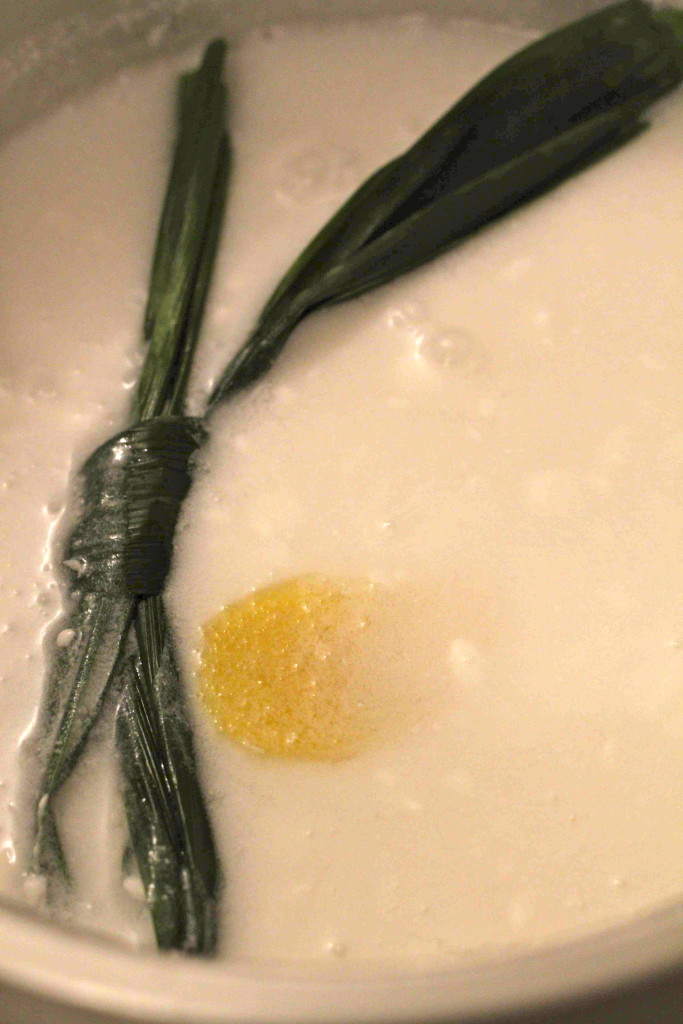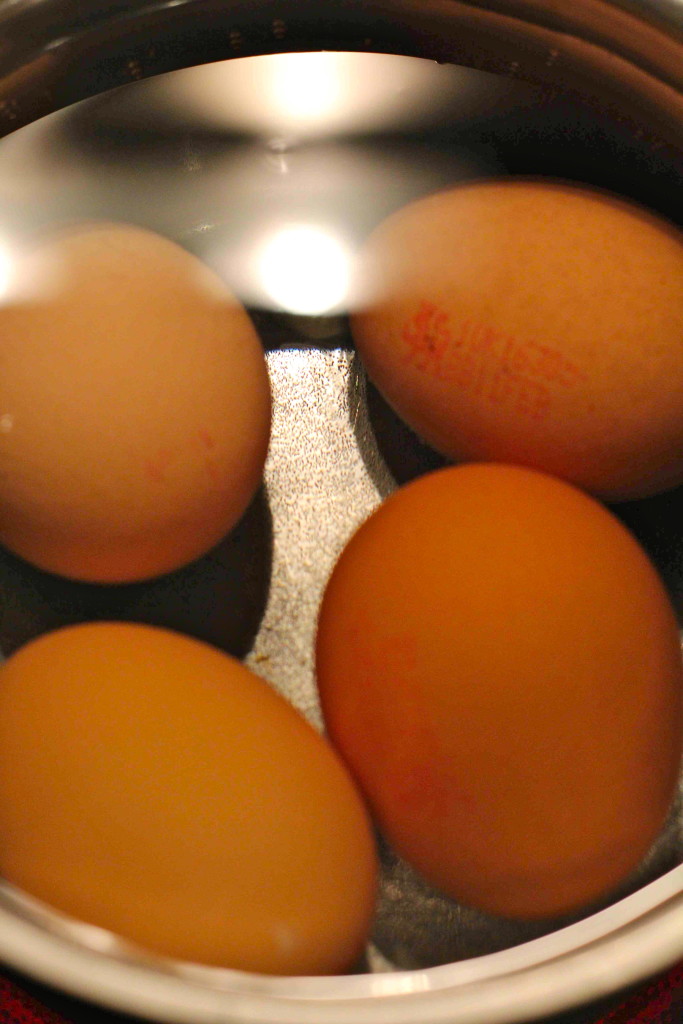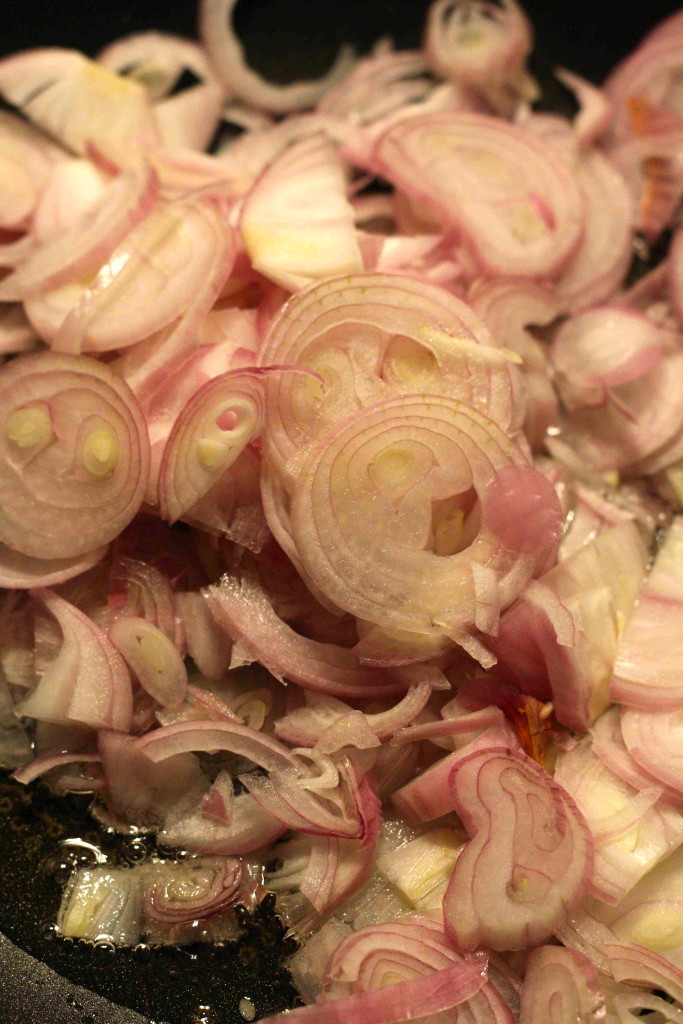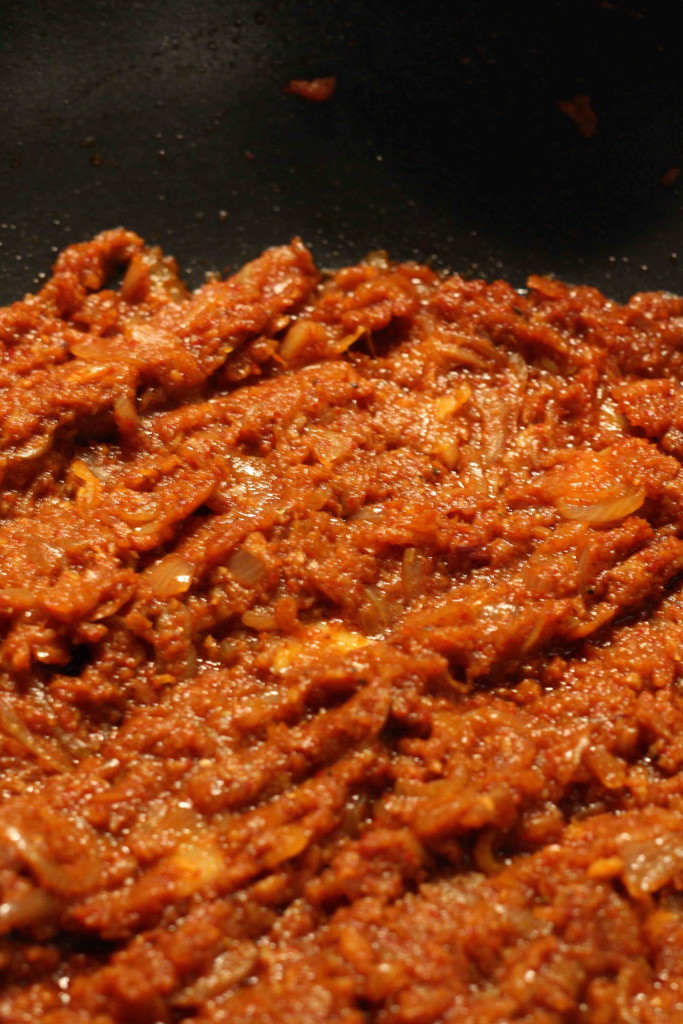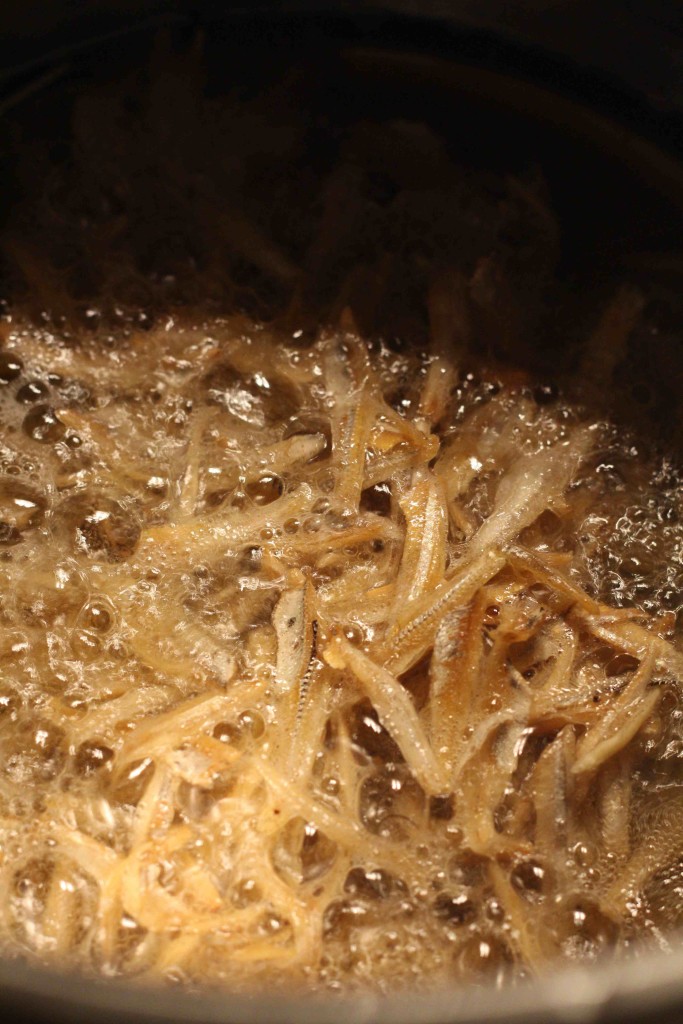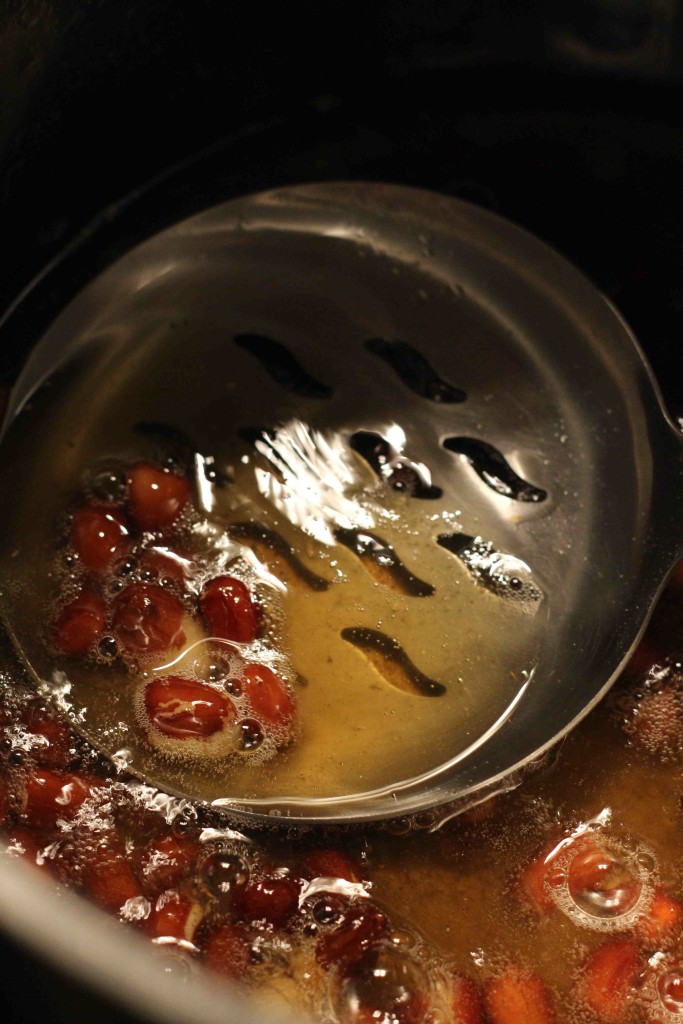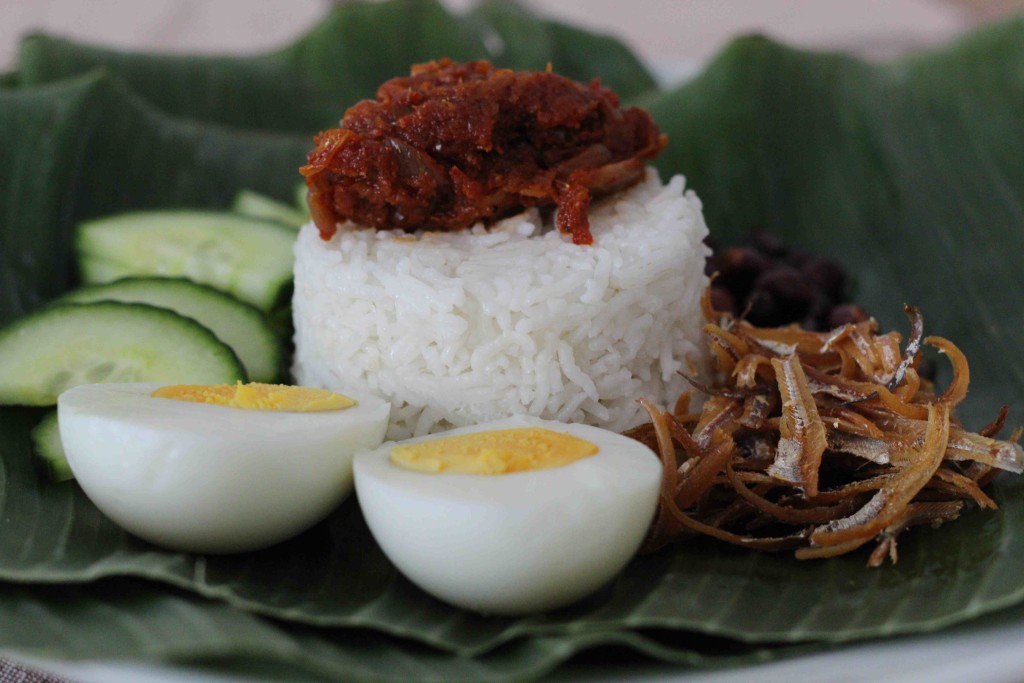I don’t think nasi lemak needs any introduction. It’s widely known nowadays. It may be correct to say that nasi lemak is Malaysia’s national dish. Even if I’m wrong, it would still be a serious contender for that prestigious spot.
Nasi means “rice” and lemak can be translated a few ways: “fat” as in food fat or your body fat, not fat in size like “she’s fat”. But in the context of nasi lemak, a better translation would be “cream”, as it is cooked in coconut milk with knotted pandan leaf for that distinct aroma and flavour that is oh-so-creamy!
Nasi lemak used to be a breaskfast dish, eaten in small portion. But Malaysians love it so much and due to its versatility, it’s served for lunch and dinner too!
Now, you may say: it’s too much of an effort to make nasi lemak in the morning! Of course, to make nasi lemak takes more time and effort than to pour cereal and milk out of a box/carton and into a bowl. But I promise you, it’s not difficult at all to make homemade nasi lemak. The entire process could be made simpler with the help of a rice cooker.
A “basic” nasi lemak would be the coconut rice accompanied by a dallop of sambal (hot chilli paste), hard boiled egg, fried ikan bilis (small dried anchovies that are crunchy when fried), fried peanuts and a few slices of cucumber.
Beyond basic, the more common accompaniment to nasi lemak would be chicken or beef rendang, prawn or squid sambal, cockles and fried/blanched morning glory (and if you’re wondering, this is the edible type, NOT the poisonous one. It’s also called kangkung). And instead of hard boiled egg you can opt for fried egg – sunny side up.
Today I am making the basic nasi lemak. If you want to know how I make my prawn sambal and chicken rendang to go with your nasi lemak, you can refer to here and here.
This recipe serves 3 to 4. You’ll need:
For the rice:
- 2 cups rice, I am using basmati rice
- 3 cups coconut milk (I used the entire can, plus 1/2 cup water to make 3 cups)
- 2 pandan leaves, tied into a knot – if you really can’t find pandan leaf, leave it out
- 1 piece ginger, about 1 cm thick
- 1 tsp salt
For the sambal:
- 5 shallots, sliced
- 2 garlic cloves
- 10 dried chillies
- 3 fresh chillies
- 1 stalk lemon grass (white part)
- 1 handful dried anchovies
- 1 inch belacan
- 2 tbsp tamarind paste
- 1 tbsp sugar
- salt to taste, if needed
- oil for frying
Accompaniments:
- peanuts, shallow fry until golden brown
- dried anchovies, shallow fry until crispy
- cucumber, sliced
- 3 to 4 eggs, hard boiled
To cook nasi lemak in a rice cooker, rinse the rice and drain. Repeat the process three times. Add in the coconut milk, the pandan leaf, ginger and salt.
Cover with the lid, press the “on” button and let this kitchen gadget do all the work for you.
While waiting for the rice to cook, boil the eggs. Put them in a saucepan and cover with water. Put the pan on the stove and let it come to a boil. Cover and turn off the heat. Leave it to cook for another 10 minutes.
You can see that there is a bit of multi-tasking here as while the rice is cooking and the eggs are boiling, you can start making the sambal.
Blend the garlic, chillies, lemon grass and belacan to a fine paste. Add the anchovies and pulse a couple of times to blend the anchovies slightly but still have some texture. In a pan, heat 5tbsp of oil to medium heat. Add the sliced shallots and fry until soften.
Pour blended ingredients and let it fry until fragrant and the oil separates. Season with tamarind paste and sugar. Taste and adjust salty, sour, sweet taste to your liking. If needed, add some salt (remember: the belacan and anchovies are already salty).
In another small pan, heat up oil to medium heat and shallow fry the anchovies until they’ve turned crispy. Take them out and using the same oil, fry the peanuts until golden, careful not burn them.
Peel the egg shells and cut into half.
Slice some cucumbers.
You’re ready to plate up.
Note:
The ratio of water to rice depends to a certain extent the type of rice you are using so please check the cooking instruction at the back of your rice pack for the liquid to rice ratio.
Cooking nasi lemak in a saucepan on the stove is basically the same as cooking rice on the stove: in a saucepan, rinse the rice trice, pour in the coconut milk, add the pandan leaf, ginger and salt. Put the pan on the stove, cover with a lid and let it come to a boil. At this point, take off the lid, reduce the heat and let it simmer until all the liquid has been absorbed. Reduce the heat further to the lowest setting, cover back with a lid and let it cook for a further 10 minutes. Turn the heat off and let it stand for a further 10 minutes. Fluff the rice with a fork.
